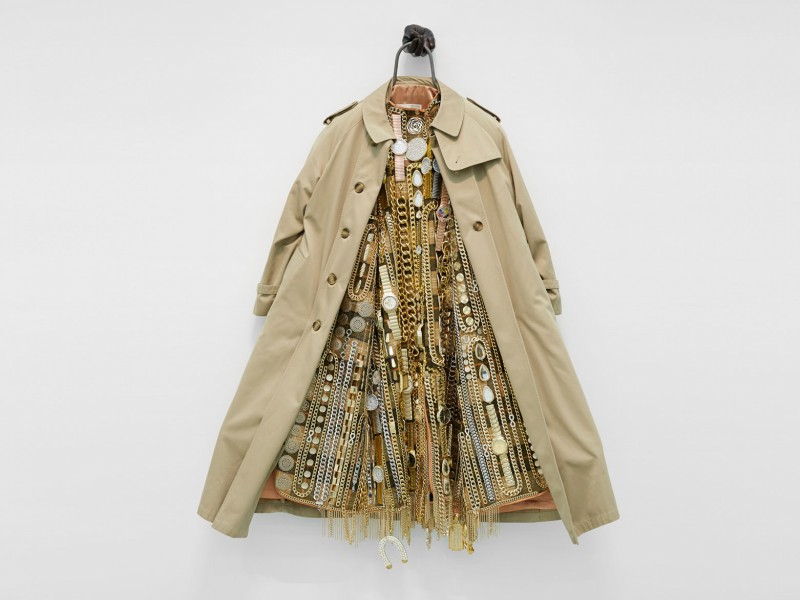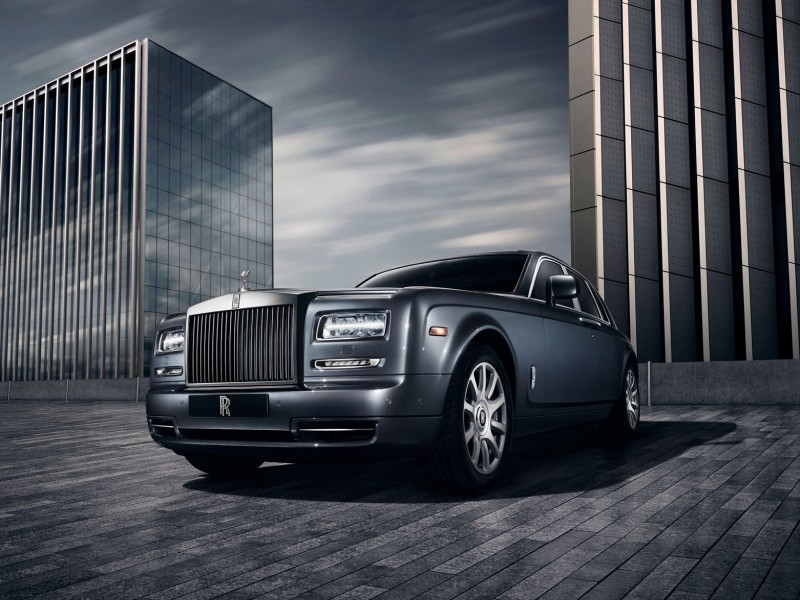Nick Wooster, menswear style icon, entrepreneur and self-confessed brand, was in Melbourne, Australia, recently in his role as strategic consultant for Woolmark, witnessing the transformation of natural fibres into wool. “To see how the raw materials are processed is the missing piece for me,” he reflected.
Wooster has spent over 25 years working with leading luxury department stores such as Barney’s New York, Neiman Marcus, Bergdorf Goodman as well as fashion labels like Thom Browne; buying and editing while progressively and subtly impacting the global landscape of men’s fashion. On the street, his personal style attracts a kind of hysteria for its blend of class, subversion and tradition. After travelling to every major capital in the world Nick Wooster sat down with Neue Luxury to discuss style and luxury.
Paola Di Trocchio: Do you think there is a place for regionality when it comes to fashion?
Nick Wooster: I do. In fashion and in physics the same rules apply. For every action there is a reaction. As things become more homogenised or more regular there is always going to be a desire for the opposite. I think that consolidation and conglomerates do occur, but there is always going to be something opposing it.
PD: Australian designers of the 1980s like Linda Jackson and Jenny Kee, were often inspired by our landscape and the tonality and texture of place. Is that something that interests you?
NW: For me it just boils down to: ‘is stuff cool?’ Designers that go to Japan for the first time or designers that go to a tropical island, or to Scotland, always manage season after season, year after year to inspire. It’s just their take on that experience. You can take ten people to the same place and they are all going to have a different experience.
PD: In the context of menswear, what would luxury mean to you?
NW: The only luxury left is time. It’s also the one thing that is unattainable.
PD: The only truly limited resource. NW: But the same things that used to apply to the concept of luxury still apply today. Does it feel good? Is it hard to get? Is it handmade? Those are the hallmarks of how we could define luxury today. And that could apply to a sneaker by the way.
PD: Does tradition have a place when it comes to menswear in the 21st century?
NW: I think it will always have a role. To be relevant in menswear you have to be inside the box. And that box is something traditional. Of course people like Hedi Slimane, Rick Owens, Miuccia Prada and Thom Browne have all managed to go right to the edge but they are still within that box. That box can be the most confining thing or the most liberating thing. As long as you stay in the box you are going to be relevant. Rick Owens is maybe more avant-garde than someone like Thom Browne but there is always an aspect that is familiar and I think that is what resonates with menswear. The minute you go outside of that, it becomes irrelevant.
PD: Do you have mentors?
NW: I have several. The first was Charlie Roth, who gave me my first job at sixteen. I worked at a family clothing store in Salina, Kansas. He was the son of the founder of the store and hired me as a kid in high school, and I really feel like he taught me everything in terms of the fundamentals of getting dressed properly. When I moved to New York it took a few years to work in this world, but Peter Rizzo who was at Barney’s New York was the person who taught me everything about taste. He taught me how to identify the right fabric, what to look for in a collection and how to edit. The training that those two men provided me has stayed with me to this day.
PD: You have described yourself as a filter, a voice, an editor and a teacher. Which role do you enjoy the most?
NW: I enjoy the one that I get to do. I don’t take being here and the projects I work on for granted. This morning I talked to students because it’s my duty to be able to share my knowledge in some way, but by the same token, the filter of editing is great. We all do that. Everybody who gets dressed in the morning plays that role. You’re deciding what to wear. When you do it for a store, for a magazine, you might do it on a bigger scale, but you’re still making that decision. That’s a job that everybody has to do, maybe some enjoy it more than others. It’s a skill that has to be taught.
Related Features
-
58
-
-
-

